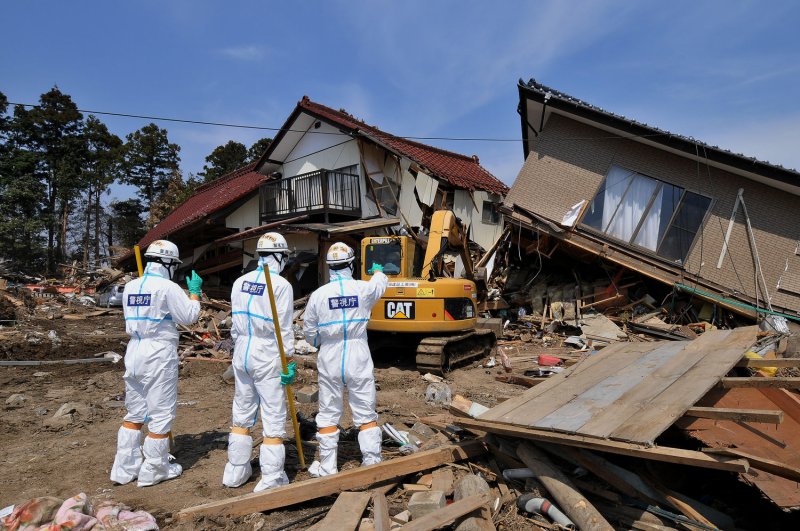TOKYO, June 15 (UPI) -- Global positioning system data indicated a seismic shift occurred from the March 11 earthquake that devastated northeastern Japan, research indicates.
The 9-magnitude earthquake that shook Japan eased strain from the Japanese trench that had accumulated over hundreds of years, said the report published Wednesday on Nature's Web site.















